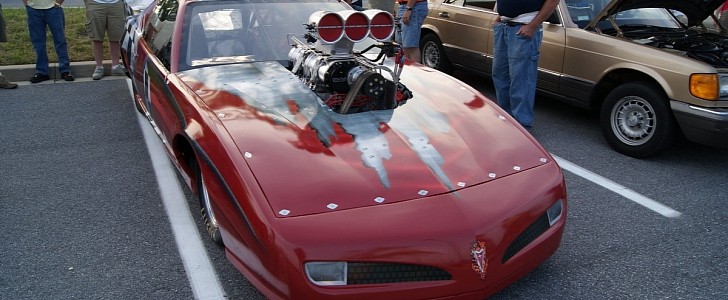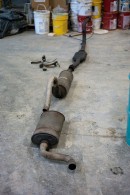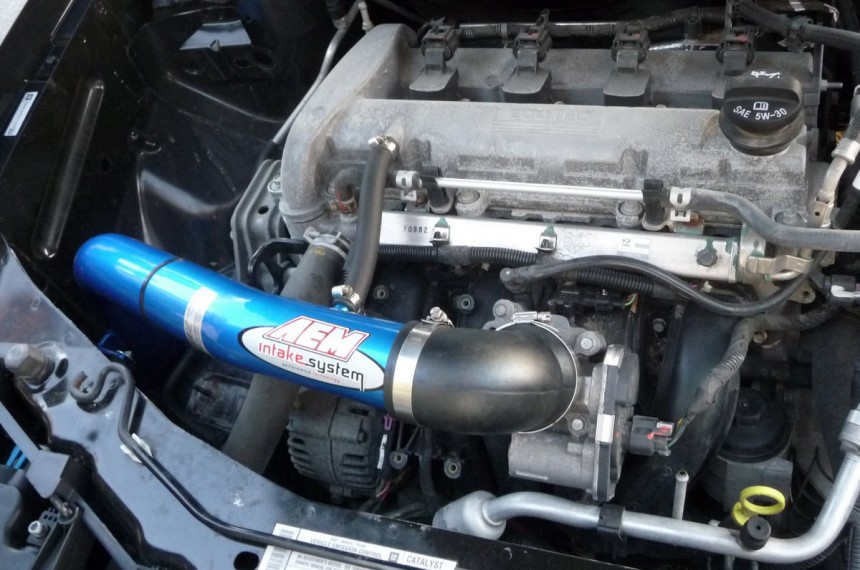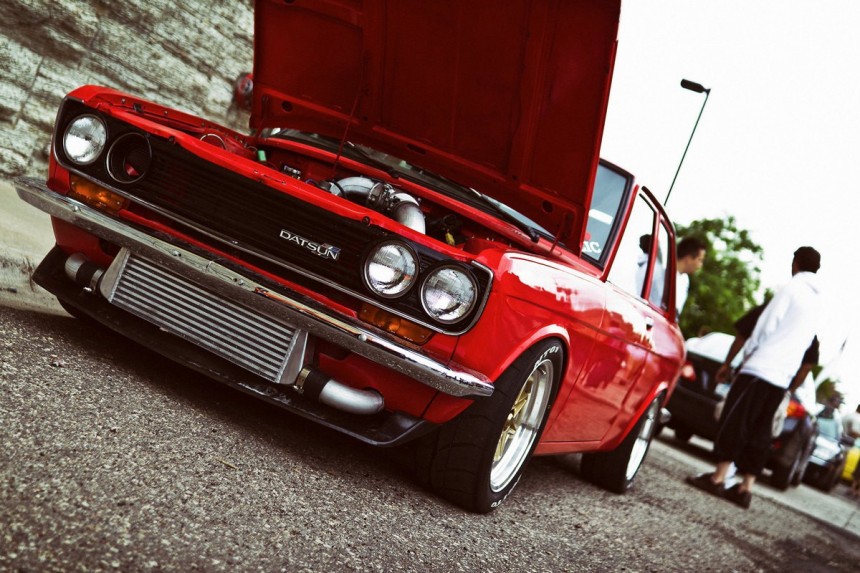After having a proper platform with improved brakes, suspension, and transmission, the car is now ready to receive a better heart so it can move as great as it looks. But do that smart, and you'll get more ponies than wasted pennies.
Sure, you may show up at a specialized tuning shop, throw a bag of money and ask for a way more powerful engine. You could swap or improve the powerplant as much as it's technically possible. But let's just start with the basic stuff. After all, a car should give you the pleasure of driving. And, sometimes, you just need a few more power to feel that. So let's not jump to ten-second cars yet.
We will start with basic stuff about how an engine, basically, works. The theory is simple: air and fuel go into a cylinder, get compressed, and then the mixture is ignited. Thanks to the explosive force, the piston is pushed back and turns the crankshaft. The bigger the explosion, the more powerful the engine is.
Improving an engine starts with basic parts such as spark-plugs, wires, ignition coils, or pushing more air into cylinders. Choose appropriate spark plugs. They are either warmer or colder. While the former is used for naturally aspirated powerplants, the latter are used more often in turbocharged or supercharged ones. Placing the wrong spark-plug kit will decrease your engine power and increase fuel consumption.
To make the explosion more powerful, you need more air and more fuel. We'll get to them one at a time. First, you may want to install a cold-air intake system. It consists of a tube and an air filter. But pay attention: if you leave that inside the engine bay, it will suck warm air, so it's going to be useless. Instead, it'd better be separated in a box and connected to a scoop that will take air from the exterior.
Secondly, take a look on websites or parts stores for an aftermarket intake manifold. Usually, these are made for more performance, and they are more expensive than OEM parts. If they're cheaper, don't bother. You might end up with less power than before. If you can, either buy a ported cylinder head or upgrade yours. With the right modification, you may increase the compression, and that will lead to a higher power at higher engine speed (revolutions per minute).
Another step in the right direction is to lose less power on the exhaust system. That means replacing the headers, downpipes, the catalytic converter, and the muffler. Thus, the gases that result after the explosion will leave the engine faster. A good intake and exhaust system might increase the engine's power by up to 15%. It won't be a huge difference, but it won't kill your budget either. Still, don't go for the cheapest parts, or you might end up losing power instead of gaining it.
Engine ECU tuning is a new method used by many professionals to increase performance. Carmakers are making the vehicles to be fuel-efficient. An ECU reflash will change that toward the performance factor. It will boost the power or even increase the red-line above the standard ratings. Yet, I don't trust those so-called "magical" devices that plug into the OBDII sockets and increase the power at once.
Apart from these simple tunes, you may go for aftermarket camshafts, which will open the valves wider both on the intake and exhaust, allowing more air into the combustion chamber and leading to more powerful explosions. Before doing that, you should know that this conversion may involve higher costs. It involves more labor and skills. While doing that, replace the cambelt as well, if you have one and it's not chain-driven.
If you have a turbocharged engine, replace the standard intercooler, or add one if there is none. That will help cool the compressed air inside the engine, allowing the ECU to deliver more fuel through the fuel injectors. The result is obvious: more power. Sure, you may go all the way and change the turbocharger with a larger one. Yet, you should remember that this will increase the turbo-lag as well. But there will be a reward after that. Just hold on to your wheel.
Remember, folks, every modification done in the engine compartment will change its behavior. Some will make a huge difference, while others just a mild one. It also depends on the amount of money spent on these. You can't expect a 100 hp boost in power after a 50-dollar mod. Sometimes, you get nothing, or even lose some ponies on the way.
We will start with basic stuff about how an engine, basically, works. The theory is simple: air and fuel go into a cylinder, get compressed, and then the mixture is ignited. Thanks to the explosive force, the piston is pushed back and turns the crankshaft. The bigger the explosion, the more powerful the engine is.
Improving an engine starts with basic parts such as spark-plugs, wires, ignition coils, or pushing more air into cylinders. Choose appropriate spark plugs. They are either warmer or colder. While the former is used for naturally aspirated powerplants, the latter are used more often in turbocharged or supercharged ones. Placing the wrong spark-plug kit will decrease your engine power and increase fuel consumption.
To make the explosion more powerful, you need more air and more fuel. We'll get to them one at a time. First, you may want to install a cold-air intake system. It consists of a tube and an air filter. But pay attention: if you leave that inside the engine bay, it will suck warm air, so it's going to be useless. Instead, it'd better be separated in a box and connected to a scoop that will take air from the exterior.
Another step in the right direction is to lose less power on the exhaust system. That means replacing the headers, downpipes, the catalytic converter, and the muffler. Thus, the gases that result after the explosion will leave the engine faster. A good intake and exhaust system might increase the engine's power by up to 15%. It won't be a huge difference, but it won't kill your budget either. Still, don't go for the cheapest parts, or you might end up losing power instead of gaining it.
Engine ECU tuning is a new method used by many professionals to increase performance. Carmakers are making the vehicles to be fuel-efficient. An ECU reflash will change that toward the performance factor. It will boost the power or even increase the red-line above the standard ratings. Yet, I don't trust those so-called "magical" devices that plug into the OBDII sockets and increase the power at once.
Apart from these simple tunes, you may go for aftermarket camshafts, which will open the valves wider both on the intake and exhaust, allowing more air into the combustion chamber and leading to more powerful explosions. Before doing that, you should know that this conversion may involve higher costs. It involves more labor and skills. While doing that, replace the cambelt as well, if you have one and it's not chain-driven.
Remember, folks, every modification done in the engine compartment will change its behavior. Some will make a huge difference, while others just a mild one. It also depends on the amount of money spent on these. You can't expect a 100 hp boost in power after a 50-dollar mod. Sometimes, you get nothing, or even lose some ponies on the way.














